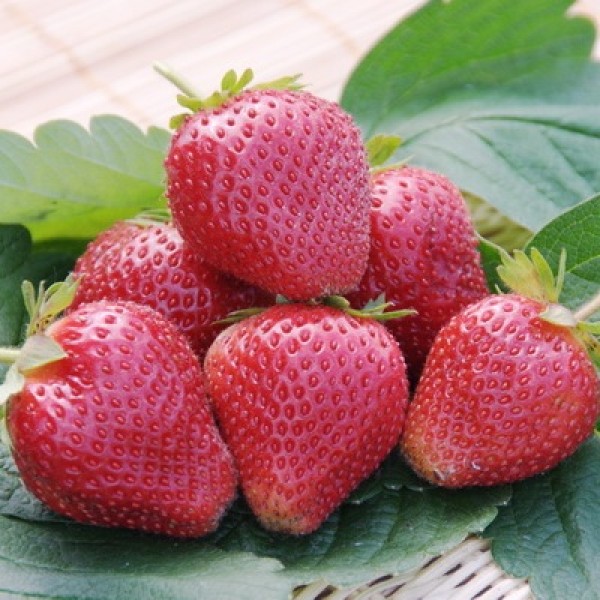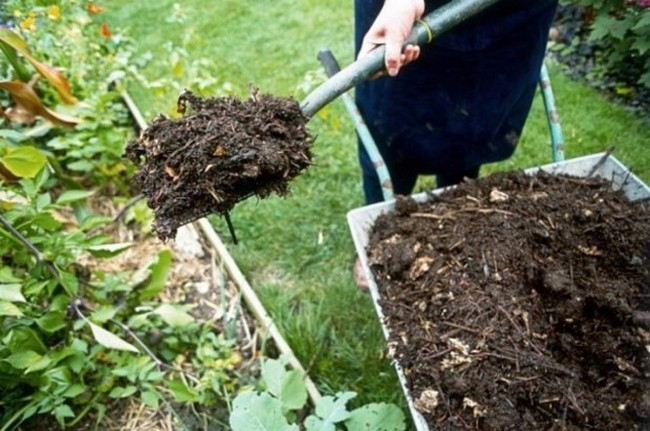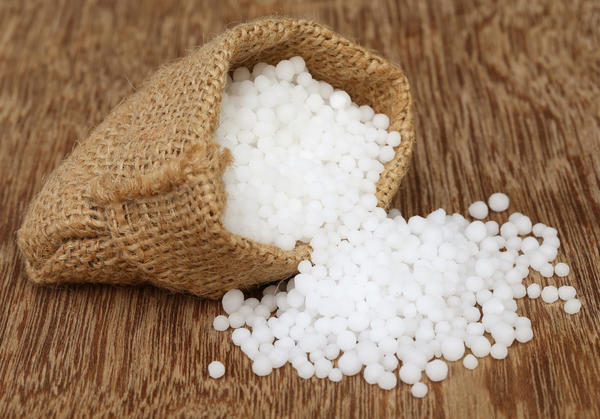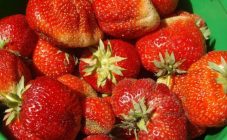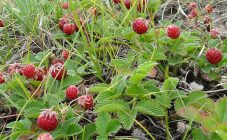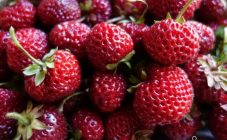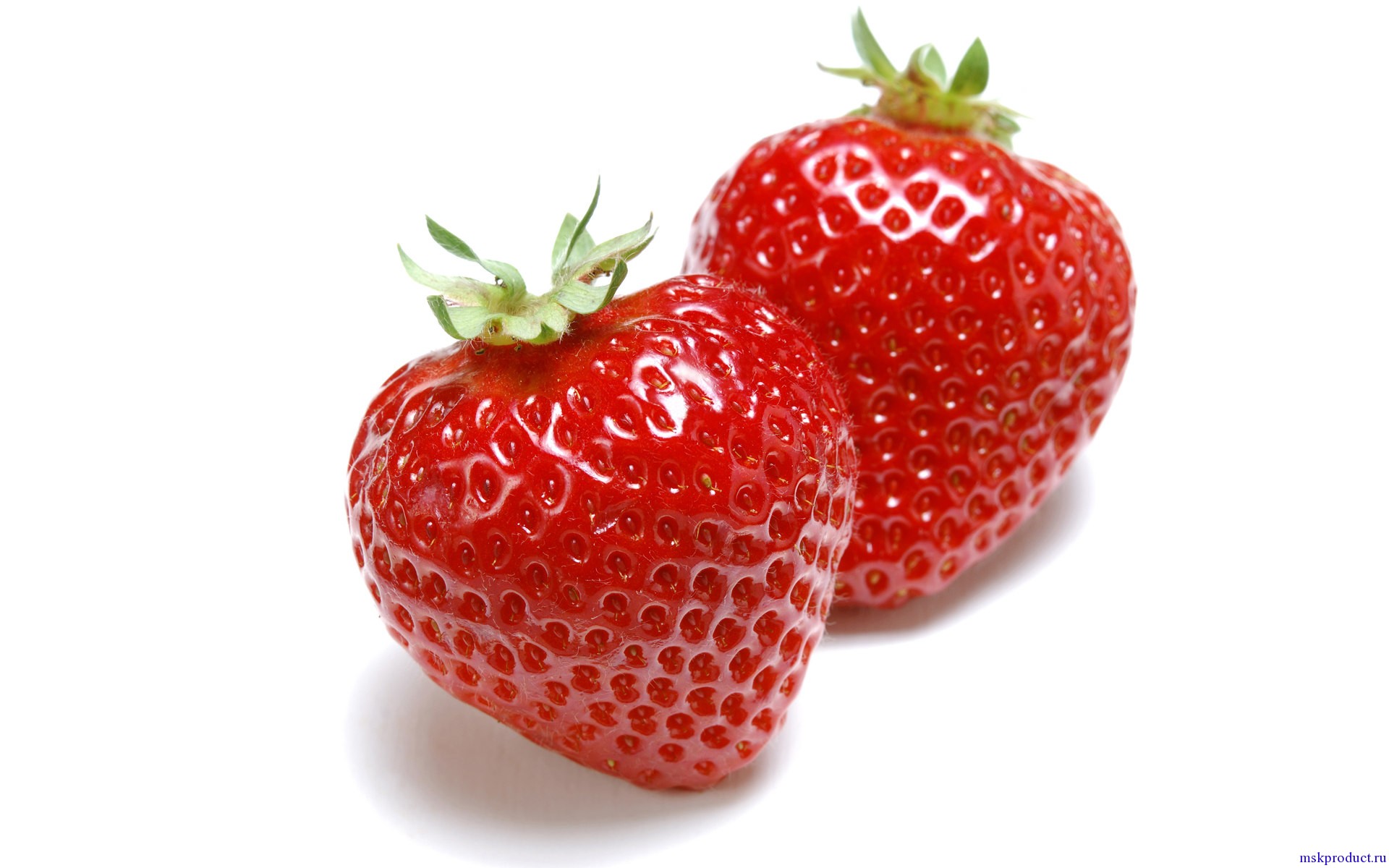Content:
There is no such person who would be left indifferent by sweet strawberries. Few cultures can compete in the spread of this culture in gardens and vegetable gardens.
Bred in Holland, Wim Rin's varietal strawberry rightfully occupies one of the leading positions. The variety belongs to remontant, i.e. in one summer season, it can give several harvest waves. This property is highly regarded in the commercial sector.
Historical reference
Obtained by Vima Rina by hybridization of Vykonda and Vima Zanta varieties by breeders of Visser. Vima Zanta is a strawberry whose description distinguishes it from other varieties - the berry is characterized by the original shape of the berries with a flattened neck.
Variety characteristics
The Dutch series, called Vima, includes only 4 varieties: strawberries Vima Zant, Rina, Xima and Tarda. Moreover, only the Rina cultivar remontanten. In addition, strawberries are distinguished by the ratio of budding to the length of daylight hours. Distinguish:
- short-day varieties - the laying is carried out with a day length of less than 12 hours, the harvest is given 1 time per season;
- neutral day - budding does not depend on the length of daylight hours, while the limiting factor is the temperature regime of the environment;
- a long day - buds are laid when the day lasts 16-17 hours, the harvest can give 2-3 times during the season.
Wim Rin's strawberries are neutral day varieties. The buds are laid cyclically for 6 weeks. The variety has become widespread in the industrial field, yielding year-round crops in greenhouse conditions.
The description of Wim Rin's strawberries is as follows. It is an abundantly leafy powerful shrub. Sprawling shoots cover ripening berries from the scorching sun. Leaves are medium in size, light green with a convex surface. The ribbed and shiny leaf blade has serrated edges.
Flowers grow to the height of leaves, traditionally white with inflorescences located on a long stalk. The flowering stems are large and thick. The petiole is medium in size, with close-fitting hairs.
The high yield of the variety brings it to a leading position in popularity. In one season, 800-1200 g of ripe strawberries can be harvested from one bush. The strawberry fruit is described as cone-shaped, red in color. The average weight of one berry can reach 45 g. The small size of the seeds is characteristic of the variety, making them imperceptible when eaten. The surface of the berry is glossy. In the context, the pulp is dense, juicy. During transportation, the fruits do not lose their presentation, they tolerate hot periods well.
The berry taste with a pronounced strawberry aroma has subtle hints of sweet cherry. Receives 4.8 points on the tasting scale.
When growing strawberries in the open field, fruiting will begin in May and will continue until November, almost until the first frost.
The choice of the landing site should be considered carefully. The cultivar will also bear fruit in a shaded area, but the size of the fruit will be much smaller than standard. Therefore, the bushes should be planted in well-lit areas. Suitable for cultivation of flat or with a slight slope. Rina does not tolerate northern winds, therefore it is necessary to cover plantings from the wind with ornamental or shrub crops.
When choosing, you should take into account the level of groundwater. If it is located close to the soil surface (less than 60 cm), high beds should be built. Excess moisture will provoke the development of diseases and reduce yields.
The variety is unpretentious to the composition of the soil layer, but does not tolerate soil with an acid reaction. Swampy areas should be avoided as well as sandy ones.
Features of agricultural technology
There are 2 ways of planting the variety: seeds and purchased seedlings.
When sowing seeds, follow these instructions:
- sift the soil thoroughly;
- disinfect it by spilling it with a 1% solution of ferrous sulfate, a solution of potassium permanganate, or ignite it in the oven;
- soak the seeds in a growth stimulant solution;
- sow seeds on the soil surface without dropping;
- cover the container with foil and put in a bright, warm place;
- thin out when the first seedlings appear;
- dive seedlings when 3-4 true leaves appear;
- transplant into open ground with the development of the 6th leaf.
This method of growing strawberries minimizes the risks of developing diseases.
When choosing ready-made seedlings, you should carefully examine the seedlings, paying attention to the following:
- the presence of 3-4 strong sheets;
- no damage;
- bright color of leaves;
- developed fibrous root system at least 7 cm in length.
Planting of seedlings should be carried out traditionally either in spring or autumn.
Before planting, the site should be dug up, stones removed and weeds removed. For every 1 sq. meter of soil requires 6-8 kg of rotted manure, 60 g of superphosphate, 30 g of potash fertilizers. The planting scheme is different from other strawberry varieties. Instead of the traditional 25 cm, the distance between the bushes should be 40-50 cm and at least 50 cm in the row spacing.
After preparing the holes, they must be watered abundantly. When planting bushes, the roots should be placed exactly vertically. Next, you should lightly compact the soil around the seedling and water it again. Mulching with straw will prevent excessive evaporation of moisture.
The variety is distinguished by its demanding watering. The fibrous root system does not reach the groundwater level, and the wide leaf blade actively evaporates moisture. Therefore, the correct irrigation regime is the key to fruit setting.
In the warm season, watering should be done 1-2 times a week, depending on the temperature regime. In this case, the consumption rate is 10 liters per 1 sq. meter of soil. Irrigation of the soil should be carried out early in the morning or in the evening during the period of decreased solar activity.
Be sure to mulch the soil, such a measure will reduce the amount of loosening and weeding. Also, mulch will keep the fruits from dirt and reduce rotting processes.
Drip irrigation works well for Rina. By delivering moisture directly to the root system, it reduces water consumption.
Ripening of berries occurs within 14-16 days from the moment of formation.
If it is planned to cultivate a variety mainly for reproduction, then abundant application of nitrogen-containing fertilizers stimulates the formation of whiskers, while reducing the quality of the berries. The use of phosphorus and potassium-containing fertilizers will enhance the palatability of the fruit.
Top dressing is necessary at the beginning of the flowering period, fruiting and after harvesting.
Despite the good frost resistance, it is important to properly prepare the plants for wintering:
- cut berries and yellowed leaves with the first frost;
- cover the root collar with soil;
- cover with new mulch;
- cover with spruce branches or special covering material.
The Vima Rina variety is characterized by strong immunity, however, the influence of unfavorable conditions can provoke the development of various diseases such as gray rot, powdery mildew, as well as pests in the form of strawberry mites and snails with slugs.
Advantages and disadvantages
Variety advantages:
- excellent sour-sweet taste with a special aroma;
- high productivity;
- juicy dense pulp that can withstand transportation.
Disadvantages:
- heterogeneity of fruit by weight;
- exactingness to the composition of the soil and watering;
- limited training;
- low drought - and heat resistance.
In conclusion, we can say that the variety is well adapted to any weather conditions. Strict adherence to the prescribed mandatory care will allow you to get a bountiful harvest of sweet and large berries from the Vima Rina variety throughout the summer season.

